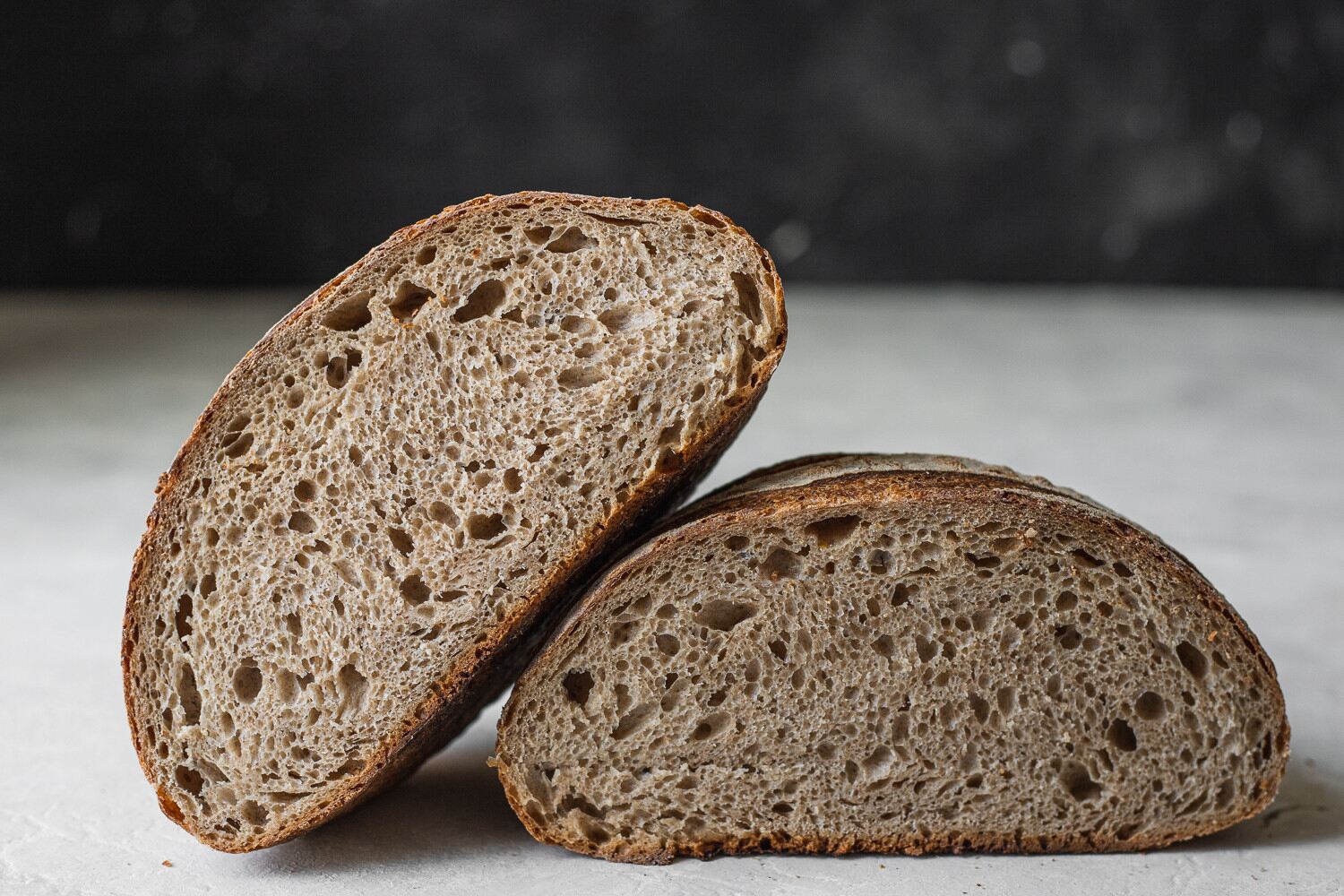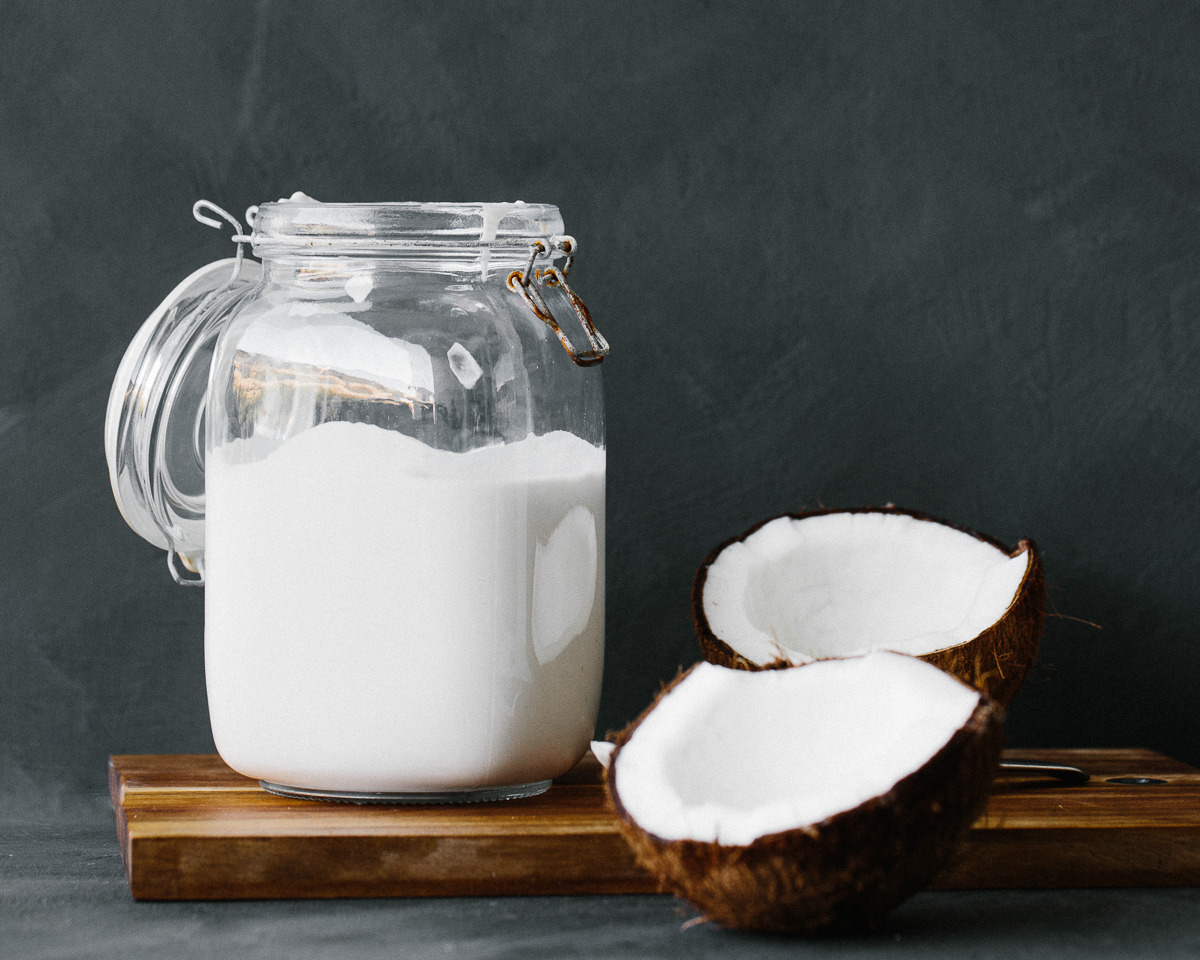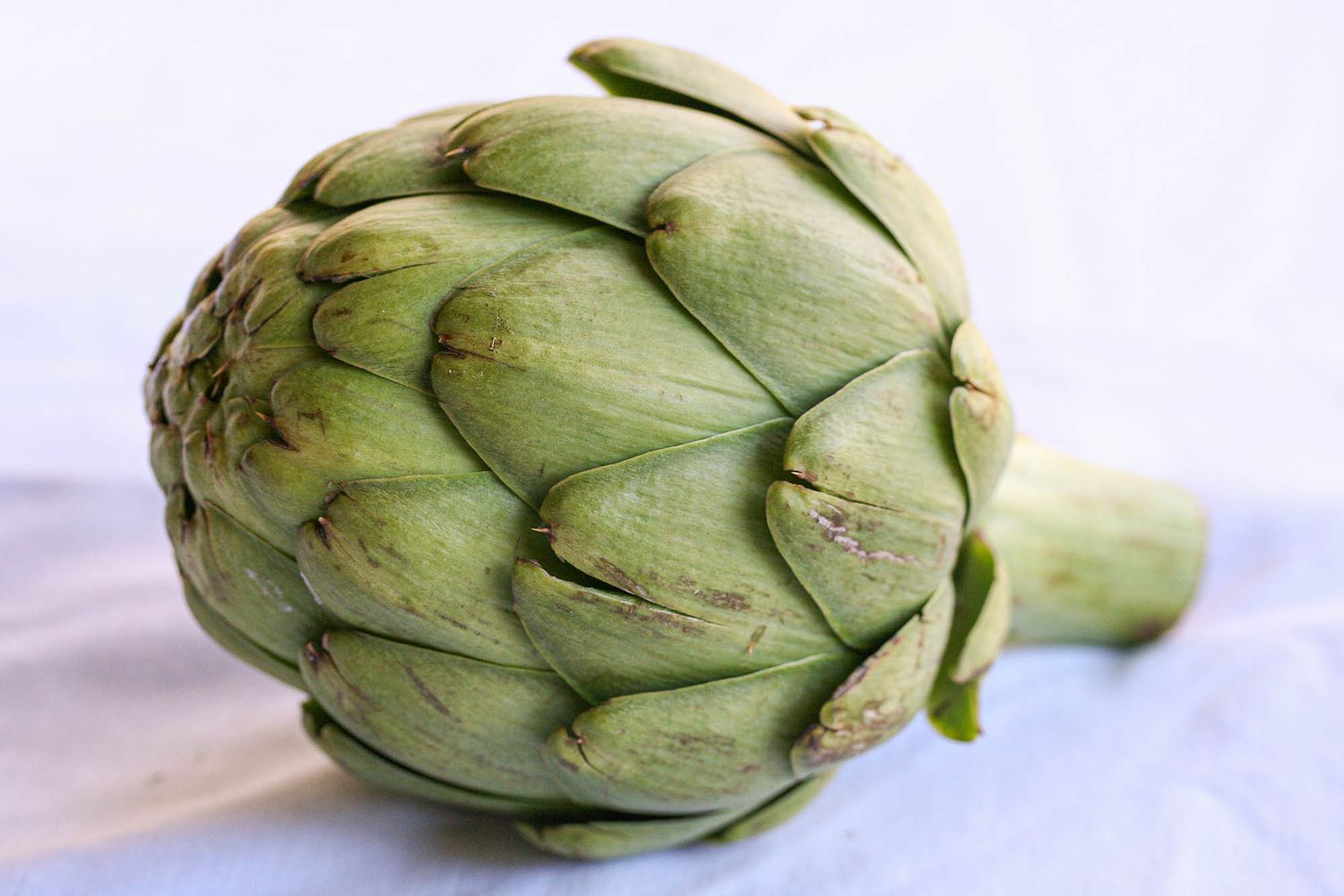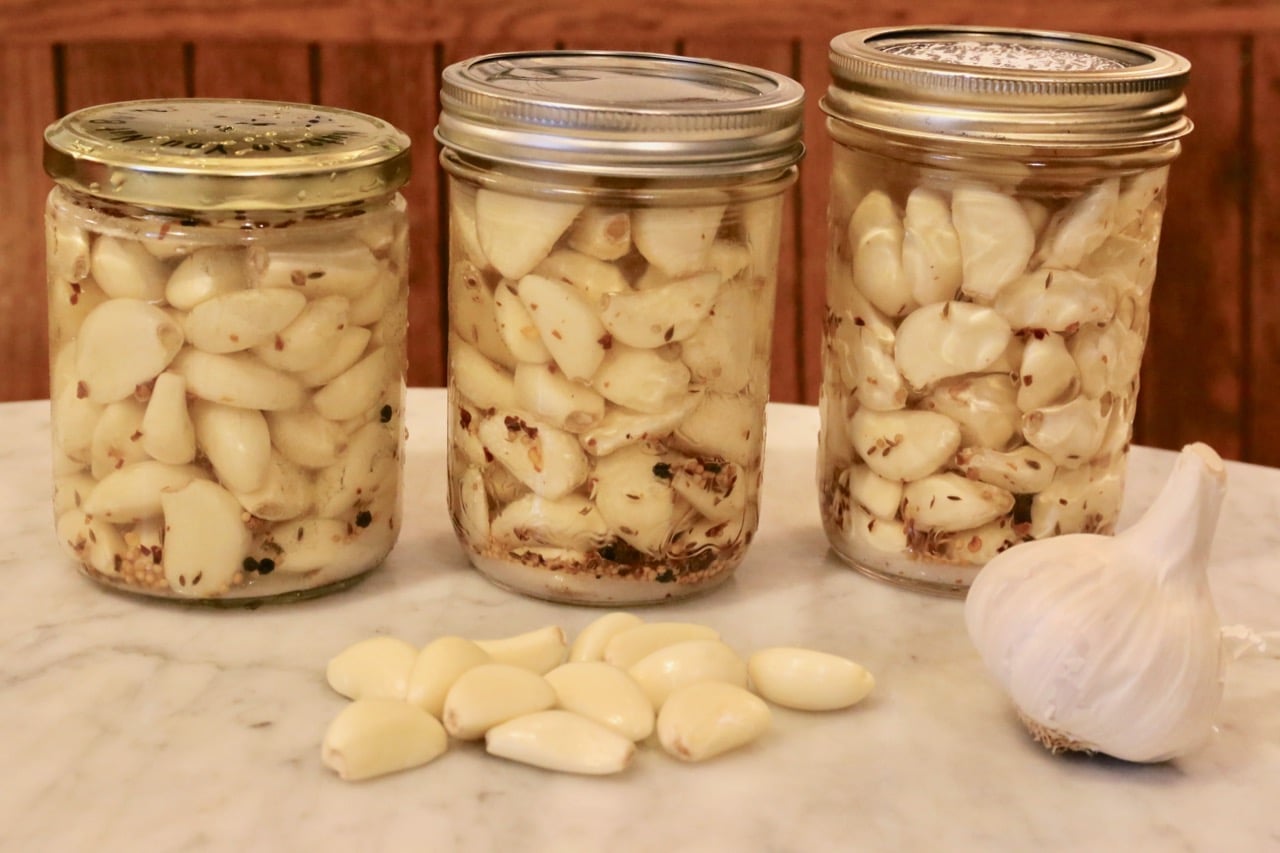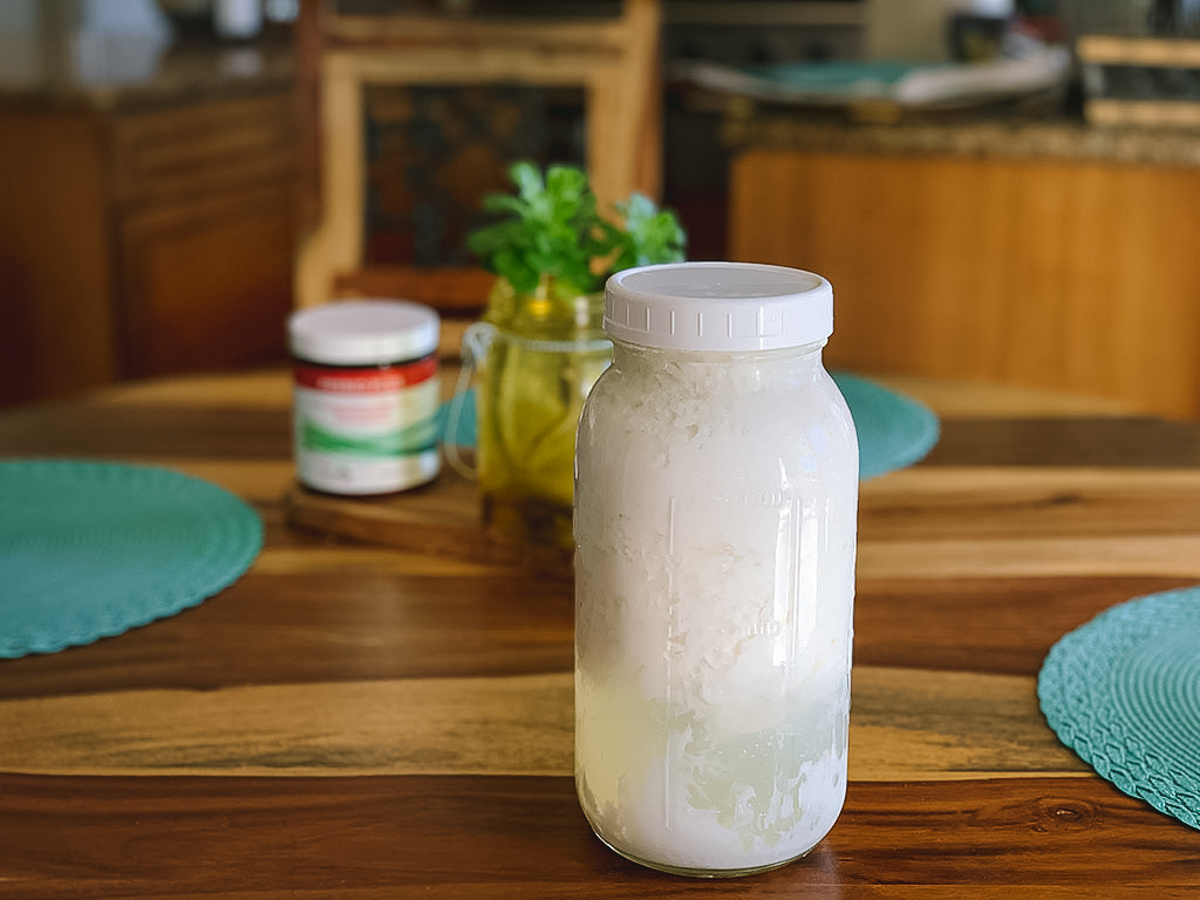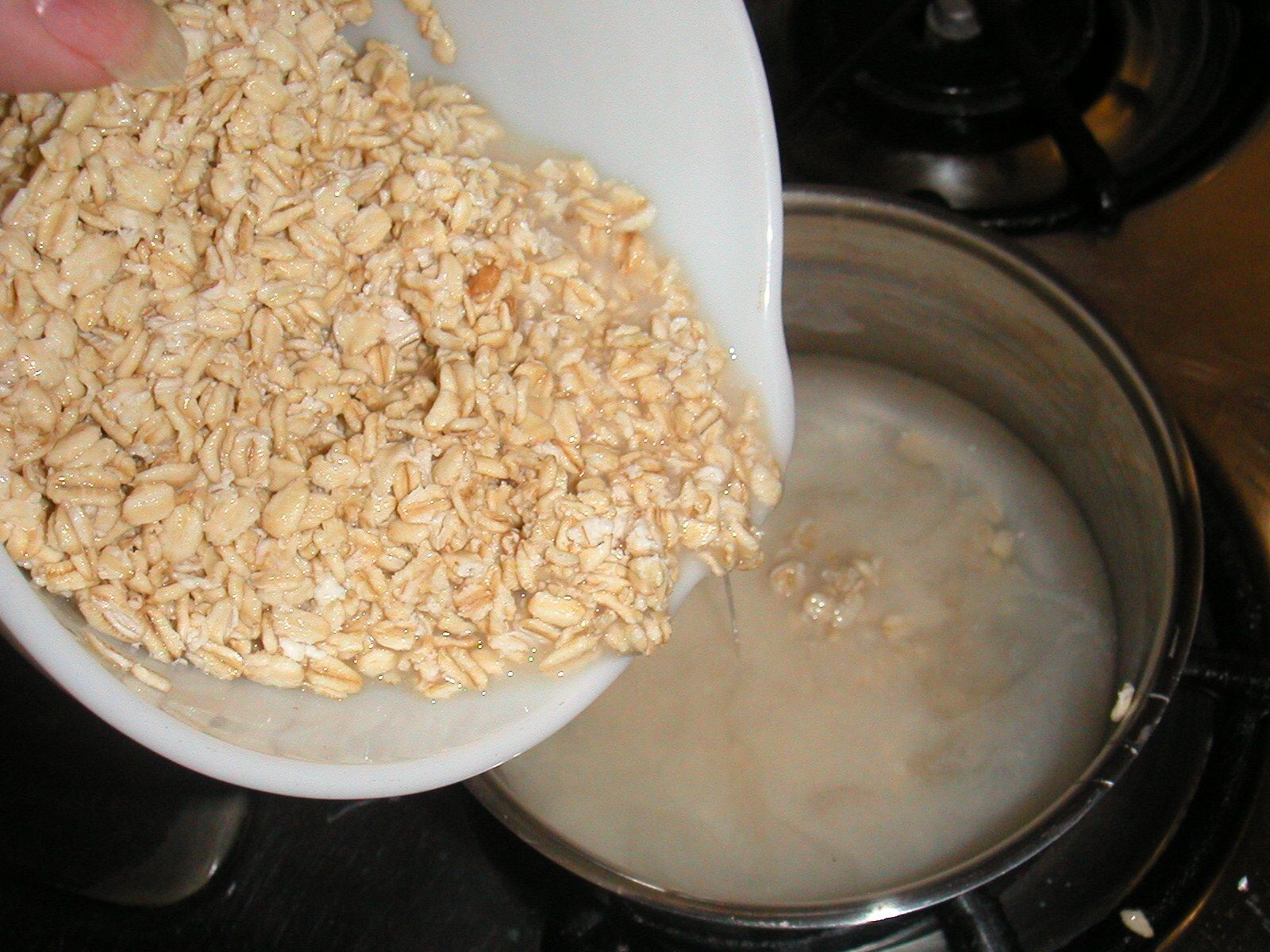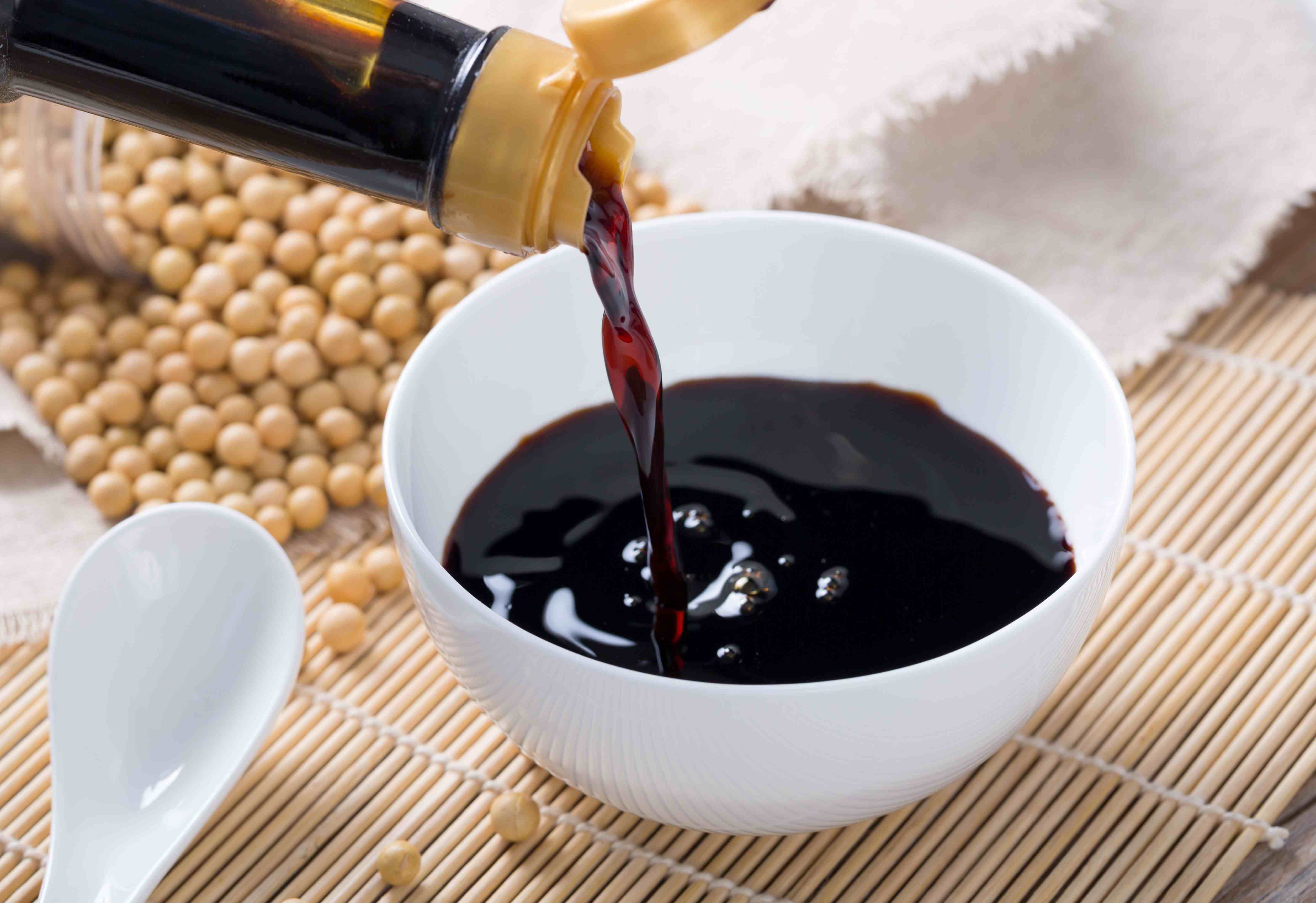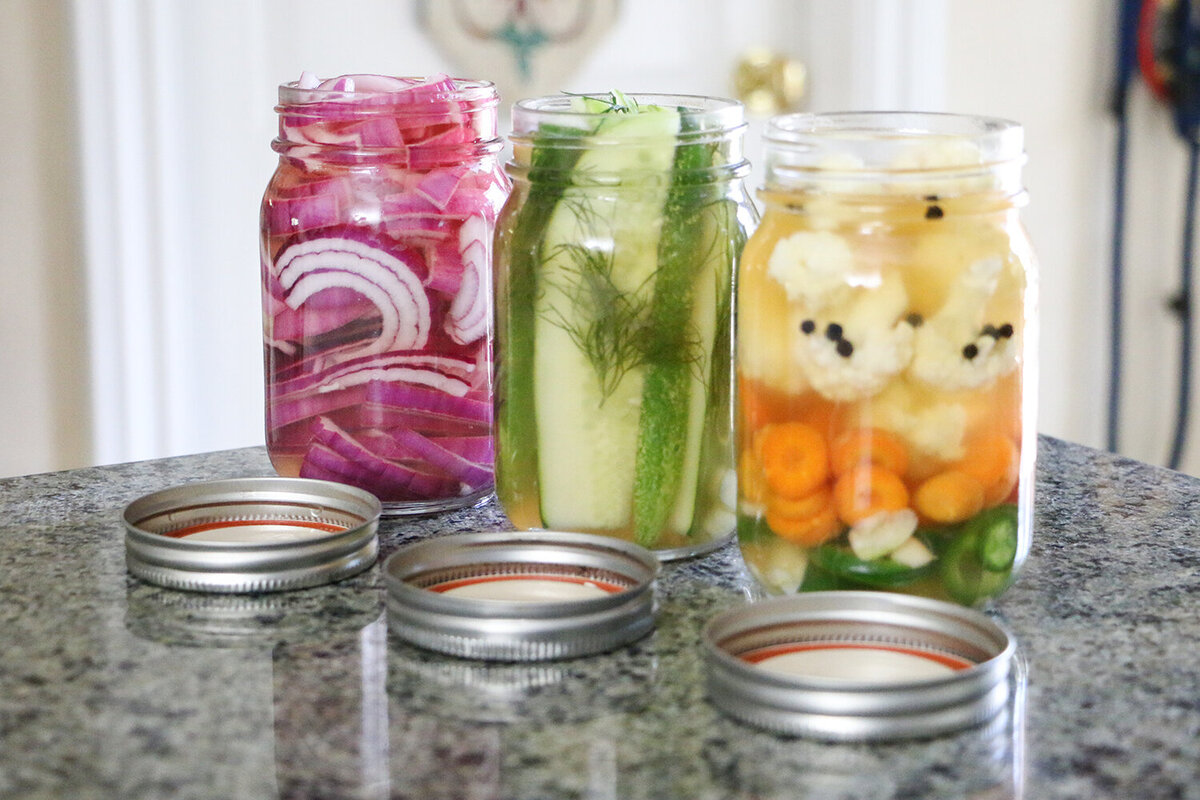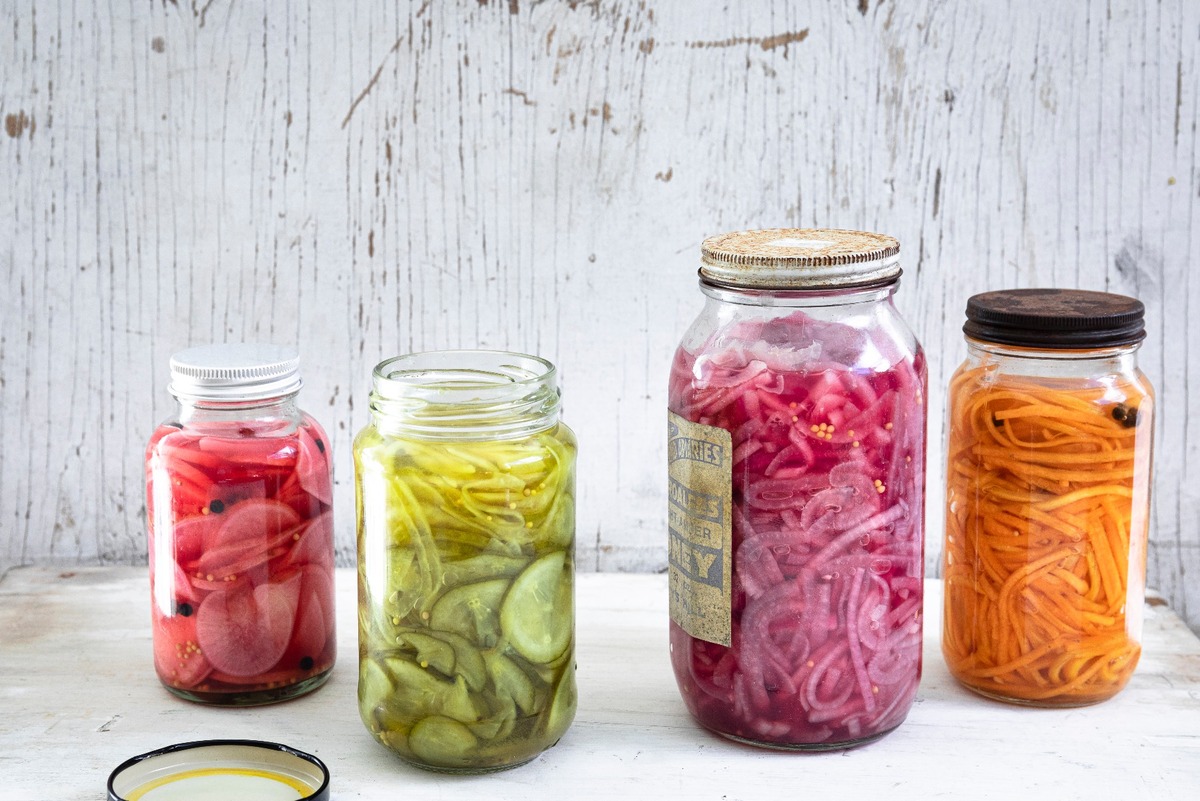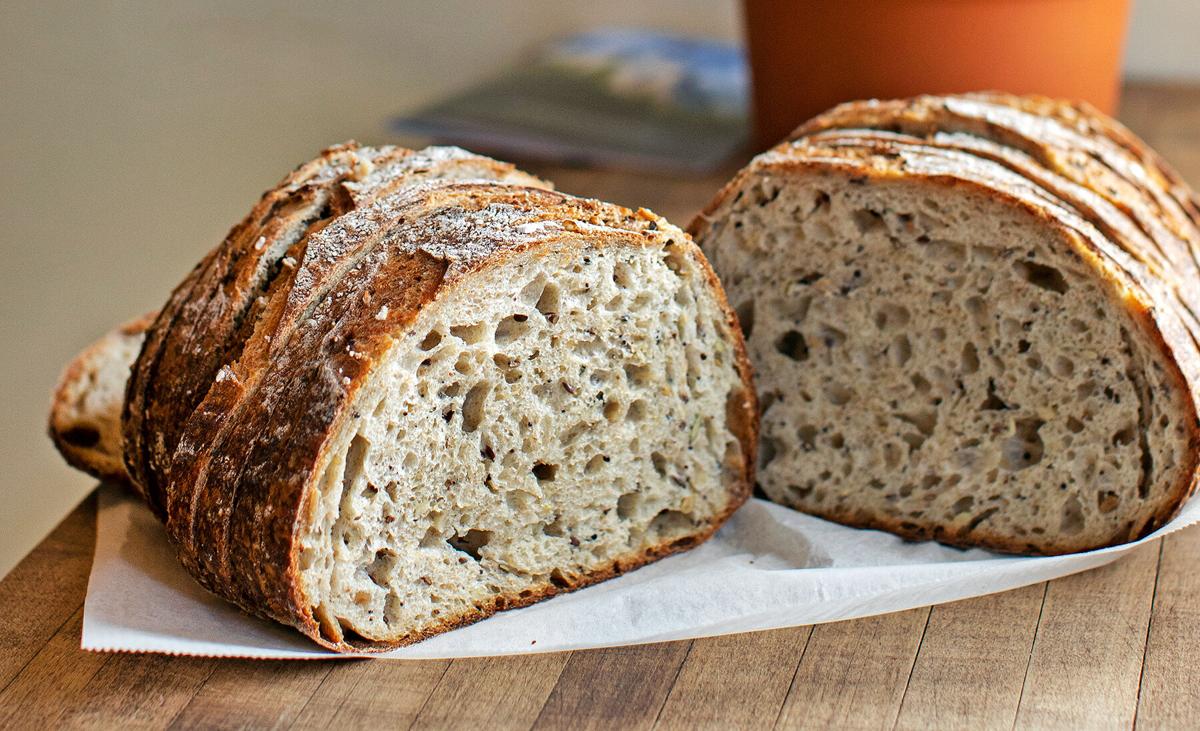What is Lager Fermentation?
Lager fermentation is the process of using yeast to convert sugars into alcohol and carbon dioxide in a controlled environment, resulting in the production of lager beer. This process typically takes place at cooler temperatures compared to ale fermentation, resulting in a crisper and cleaner flavor profile.
Steps to Fermenting a Lager
When fermenting a lager, it’s important to follow a precise set of steps to ensure a successful fermentation process. Here’s a step-by-step guide to fermenting a lager at home:
- Prepare the Wort: Start by preparing the wort, which is the liquid extracted from the mashing process. This involves boiling the wort with hops to impart bitterness and flavor.
- Cool the Wort: Once the wort has been boiled, it needs to be cooled to the appropriate fermentation temperature. This is typically lower than the fermentation temperature for ales, usually around 45-55°F (7-13°C).
- Pitch the Yeast: Transfer the cooled wort to a fermentation vessel, and then pitch the lager yeast. Lager yeast strains are known for their ability to ferment at lower temperatures, resulting in a clean and crisp beer.
- Fermentation: Place the fermentation vessel in a cool environment, such as a refrigerator or fermentation chamber, and allow the lager to ferment for an extended period, typically several weeks. During this time, the yeast will convert the sugars in the wort into alcohol and carbon dioxide, while also producing desirable flavor compounds.
- Cold Conditioning: After primary fermentation is complete, the lager is typically cold conditioned at near-freezing temperatures for a period of time. This process helps to further clarify the beer and develop its flavor profile.
- Bottling or Kegging: Once the lager has been cold conditioned, it can be either bottled or kegged for carbonation. If bottling, a small amount of priming sugar is often added to facilitate carbonation in the bottle.
- Enjoy: After carbonation is achieved, the lager is ready to be enjoyed. Pour it into a glass, admire its clarity and effervescence, and savor the clean, refreshing taste of a well-crafted lager.
Tips for Successful Lager Fermentation
Here are some additional tips to ensure a successful lager fermentation:
- Temperature Control: Invest in a temperature-controlled fermentation chamber or refrigerator to maintain consistent and precise fermentation temperatures.
- Yeast Health: Ensure that the lager yeast is healthy and viable before pitching it into the wort. Consider making a yeast starter to increase cell count and vitality.
- Patience: Lager fermentation typically takes longer than ale fermentation, so be patient and allow the beer to ferment and condition properly. Rushing the process can result in off-flavors and a less-than-ideal final product.
- Cleanliness: Maintain a clean and sanitized brewing environment to prevent contamination, which can negatively impact the fermentation and flavor of the lager.
Conclusion
Fermenting a lager is a rewarding process that requires attention to detail and patience. By following the steps outlined above and implementing the tips for successful fermentation, homebrewers can produce crisp, clean, and delicious lagers that rival commercial examples. So, roll up your sleeves, gather your ingredients, and embark on the journey of fermenting your own lager beer. Cheers to the art of fermentation!
Was this page helpful?
Read Next: How To Ferment A Pilsner
